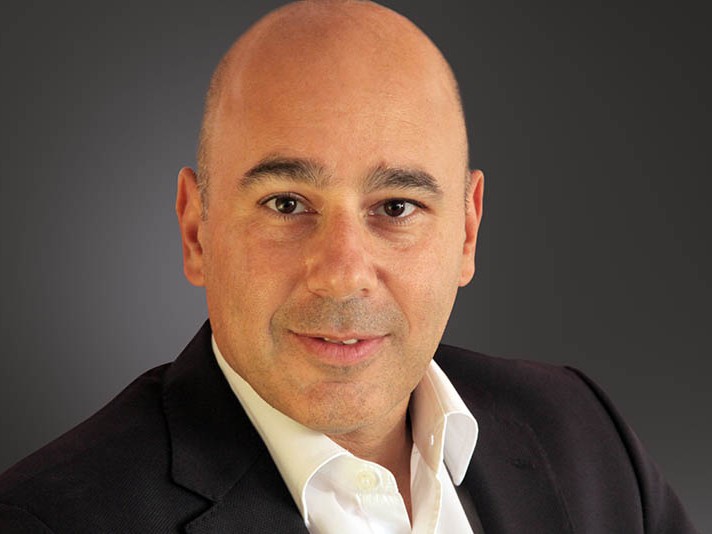News - Advertising
Advertising’s Catch 22 - POV by Nadim Khoury
December 23, 2017
.jpg) Advertisement
AdvertisementWith uncertain economic conditions marring the performance of the majority of big corporations in different sectors across the world, slow growth rates are casting a shadow over their spending. This is especially true with marketing budgets, and consequently revenues.
To offset the damage, many companies are looking for drastic cost savings to save the day. In more cases than not, this means a significant portion of the pressure mounting on procurement officers, with that pressure in turn passed on to marketing and advertising agencies, spelling tough times for the industry as a whole.
“…Leaders in our industry have good reason to worry.”
The recent torrent of account reviews and the evaluation of in-house options hints at an upcoming change in both the scope and the dynamics of client-agency relationships across the world. A prospect that is leaving many marketers on the edge of their seats.
If you consider e-commerce giant booking.com’s plans to assume full control over its digital-media buying by the end of the year, Procter & Gamble’s intent to slash the number of agencies handling its marketing and PR, and some industry insiders’ touting Google and Facebook as ‘the new ad agencies’, leaders in our industry have good reason to worry.
While industry veterans claim that – in light of the current state of the industry – the future of the classic ad agency business is in question, the repercussions go far further.
Traditional agencies’ late arrival to the digital world might be why they are the first on the chopping-block, but even fully-integrated providers (which have so far proved resilient to disruptions) need to re-evaluate their business model and restructure operations if they want to survive the bottleneck.
Agencies first need to understand the realities facing clients and the reasons why they seek change. Then consequently reinvent themselves to strike a win-win situation for all parties involved.
Although each organisation is unique, it is fair to say that the current cost-cutting craze is mainly driven by slow growth, which in turn is mostly the result of a decrease in demand. Meanwhile, the move towards in-house teams stems from companies’ needs for faster turnaround, richer data, and more transparent disclosure.
What this means is that agencies, already buffeted by an avalanche of corporate cost cuts, must be willing and able to be faster, cheaper and much more transparent. They should be able to provide clients with services backed by solid data and real-time analytics, all while ensuring the client is involved throughout the entire process. In other words, agencies might need to assume a more consultative role, while employing hands-on expertise whenever and wherever needed.
By doing so, an agency is not only demonstrating flexibility and genuine understanding of a client’s needs and challenges, but also providing the company with quantitative information that should make procurement departments think hard before they decide to shrink marketing budgets.
However, such an approach cannot work without a healthy dose of out-of-the-box creativity and innovation, which should achieve positive results backed by numbers.
The implication here is that consistent positive ROI is a surefire way to convince clients to move away from cutting budgets and to retain an agency’s services.
Paradoxically, this puts agencies in a critical decision-making corner. At the one end, they need to deal with their own share of cost-cutting to cope with shrinking fees and the loss of retainers, and at the other they need to invest in technology, talent and resources in order to innovate and achieve stellar results on a smaller budget.
Working out how an agency can tackle this challenge and thrive will be the key to any future success. The stakes might be high, but the window of opportunity is open.




.jpg)





.jpg)




